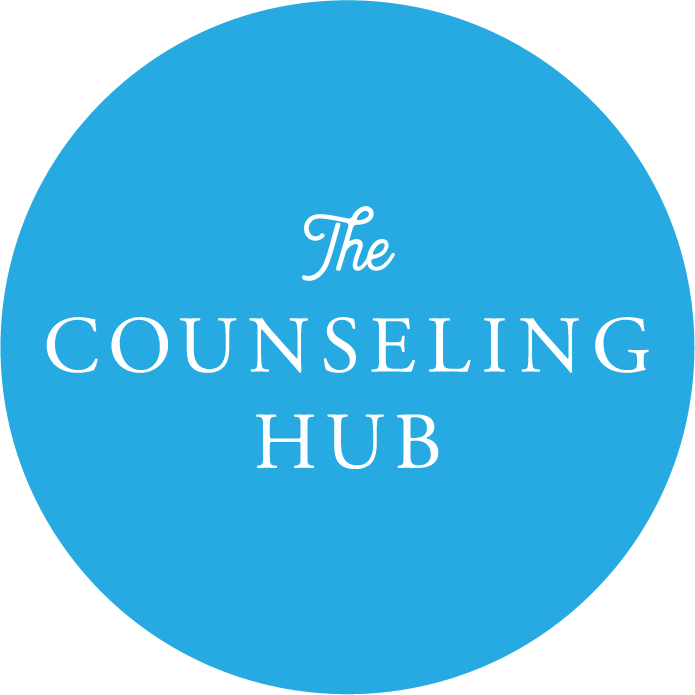Five Simple Tools to Regulate Your Emotions
The way we experience emotions has a major impact on our lives. When we struggle to regulate our emotions, it can lead to impulsive behavior, mood swings, and difficulty calming down after an emotionally intense event. This kind of emotional dysregulation is linked to a variety of mental health conditions, such as anxiety and depression.
The ability to regulate emotions is powerful—it allows you to respond to emotionally significant experiences in healthy, constructive ways, and this contributes to psychological well-being. Let’s take a look at five simple tools you can start using today to better regulate your emotions.
1. Acknowledge Your Emotions
Think about the last time you were feeling down or in a negative headspace. You might have tried to avoid those thoughts and feelings. Ignoring uncomfortable emotions often feels like a better alternative than actually sitting with them.
The truth is that your body and mind can’t fully process and move past difficult emotions until you acknowledge them and allow yourself to feel. Even though it may be uncomfortable, one of the best ways to regulate your emotions is to put a name to them.
2. Practice Deep Breathing
When your emotions are in hyperdrive, they can cause disruptions in other areas of your body, including core functions like breathing, heart rate, and body temperature. You may have noticed feeling like there were butterflies in your stomach or that it was difficult to catch your breath the last time you felt stressed, anxious, or upset.
Taking the time to pause and take a few deep breaths can help calm your body and mind again. There are a lot of different breathing techniques out there—it's worth trying a few and seeing which works best for you.
3. Write in a Journal
Journaling can be a great tool when you need to release pent-up thoughts and emotions. Instead of holding them in, you can release what you’re thinking and how you’re feeling onto the pages of a notebook.
Not only is journaling great in the moment when you’re feeling heightened emotions, but it can also be a great tool for reflection. When you’re in a better headspace, you can read your journal entries and reflect back on any potential triggers or coping mechanisms that worked or didn’t work for you.
4. Practice Mindfulness
Mindfulness is a technique that involves focusing on the present moment without any judgment. It means becoming fully aware and grounded in your own thoughts, feelings, and sensations that take place within the body.
There are many different mindfulness techniques and practices, so don’t knock it until you try it. Body scans, meditation, making a gratitude list, and yoga are all great ways to practice mindfulness.
5. Move Your Body
Exercise is known for its physical benefits, but it can also be extremely beneficial for one’s mental and emotional health. Engaging in physical exercise can help to regulate emotions by releasing endorphins, the body’s natural mood boosters.
As with each of these tools for emotional regulation, it’s worth figuring out how you like to move your body. You don’t have to run for hours on end, dedicate your life to the gym, or do something you don’t enjoy. Going outside for a walk, dancing, or stretching from the comfort of your own home are all great ways to experience the benefits of moving your body.
Next Steps
Fortunately, there are many different things you can try to regulate your emotions on your own. A lot of people have seen improvements by changing their lifestyle and implementing some of these techniques. If your signs and symptoms are persistent, or if you think you might benefit from guidance, it’s important to seek additional support. Reach out about anxiety counseling today to get started.
Address
The Counseling Hub, LLC
2804 Forum Blvd., Ste 4
Columbia, MO 65203
Contact Information
p | (573)586-3204
f | (573) 313-3528
e | contact@thecounselinghub.com
Hours
Admin/Ops Team | Monday - Friday: 10a - 3p
*Clinical hours are by appointment only, Sunday - Friday
We have both clinical hours, or the times when our clinical team sees clients, and admin hours, or the times when our admin team is available via call or email.

